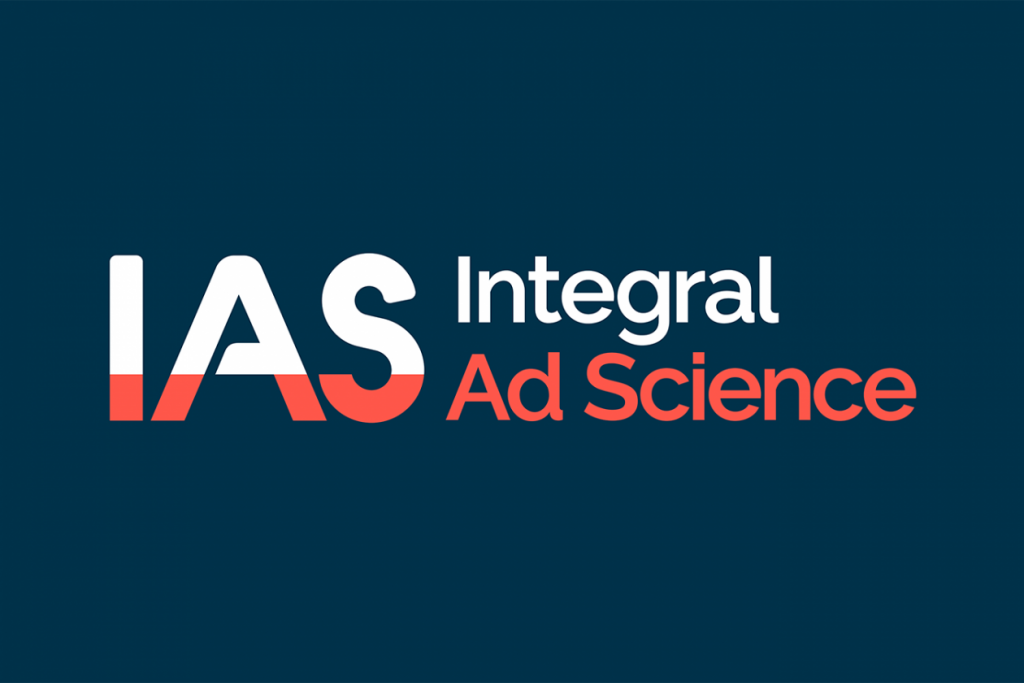Brand safety has become a crucial aspect of online advertising, as advertisers and agencies aim to ensure that their ads are displayed in safe and appropriate environments. Integral Ad Science (IAS) and DoubleVerify are two leading brand safety tools that use a combination of technology and human review to protect brands from potentially harmful content. In this article, we will delve into the methodologies employed by these two companies to provide a better understanding of how they work.
IAS (Integral Ad Science) Methodology:
- URL and Domain Analysis: IAS evaluates URLs and domains where ads are served to determine the safety and suitability of the content. This includes analyzing the publisher’s historical content, traffic patterns, and potential risk factors.
- Semantic and Sentiment Analysis: Using natural language processing (NLP) techniques, IAS analyzes the text on a page to understand the context, sentiment, and potential risk factors. This helps in identifying content that may not be suitable for specific brands or campaigns.
- Machine Learning and Artificial Intelligence: IAS utilizes machine learning algorithms and artificial intelligence to continuously improve its brand safety detection capabilities. This enables the platform to adapt to new threats and identify potentially unsafe content more effectively.
- Human Review: In addition to automated processes, IAS employs a team of experts to manually review content and make informed decisions about its safety. This ensures that the platform maintains a high level of accuracy and comprehensiveness.
DoubleVerify Methodology:
- Real-Time Content Classification: DoubleVerify’s technology scans web pages in real-time, evaluating and classifying content into different categories. This helps advertisers in targeting specific content types and avoiding content that may be deemed inappropriate.
- Fraud Detection: DoubleVerify uses advanced algorithms to detect and prevent various forms of ad fraud, such as domain spoofing, bot traffic, and viewability fraud. This ensures that advertisers’ budgets are spent on legitimate impressions and not wasted on fraudulent activities.
- Contextual Intelligence: DoubleVerify’s Contextual Intelligence technology assesses the context of a page’s content to determine if it aligns with an advertiser’s brand values and campaign objectives. This helps brands avoid placements that might negatively impact their reputation or campaign performance.
- Customization and Control: DoubleVerify provides advertisers with the ability to customize their brand safety settings and define their tolerance levels for different types of content. This allows brands to have more control over where their ads are displayed and ensure that their messaging aligns with the surrounding content.
Conclusion: Both IAS and DoubleVerify employ a combination of technology, data analysis, and human review to ensure brand safety for advertisers and agencies. By evaluating content on multiple levels, these platforms provide comprehensive protection against potential risks, helping brands maintain their reputation and achieve better campaign performance. Understanding the methodologies employed by these leading brand safety tools can help advertisers make informed decisions when choosing the right solution for their needs.
Join the growing community of publishers who have already unlocked their full advertising potential with WaardeX. Register HERE now and begin your journey to maximizing your ad revenue with a powerful and reliable partner by your side.

